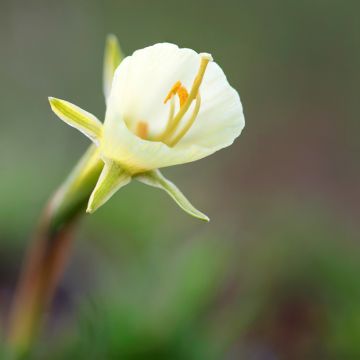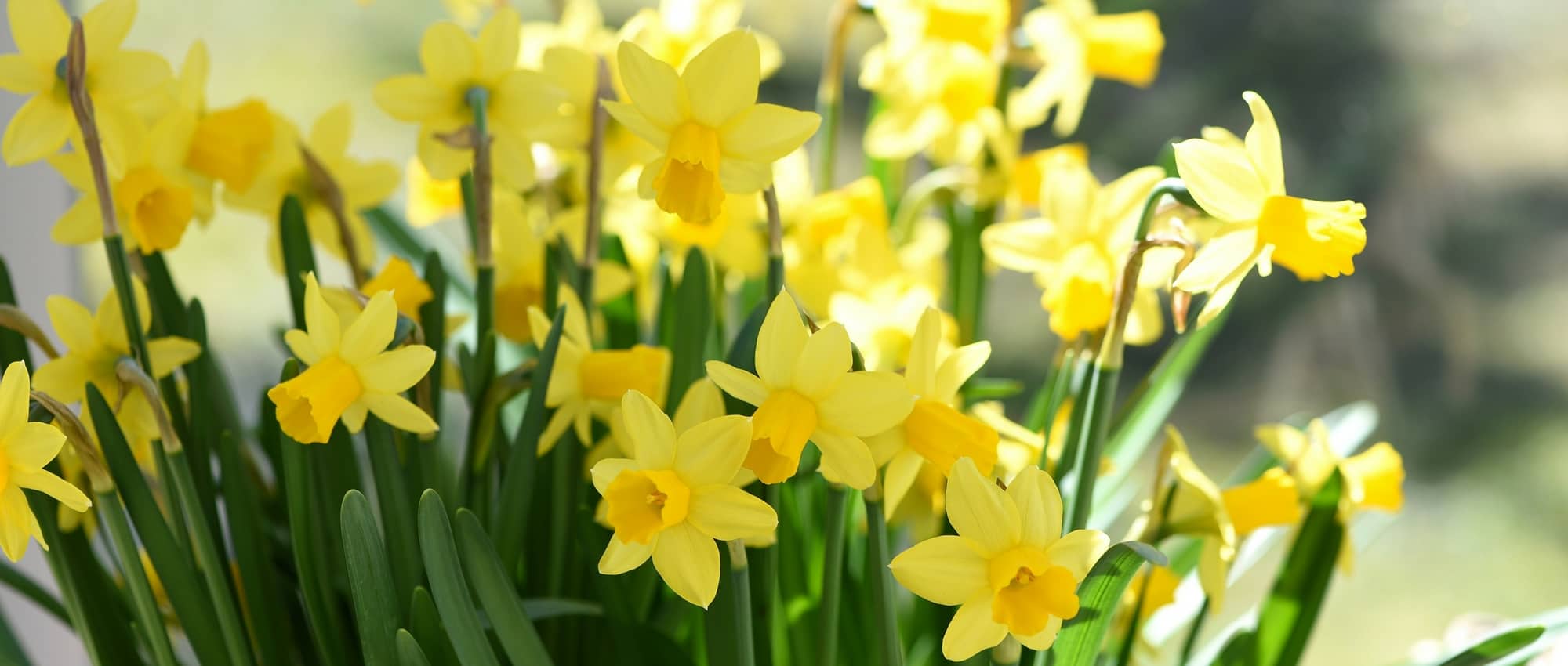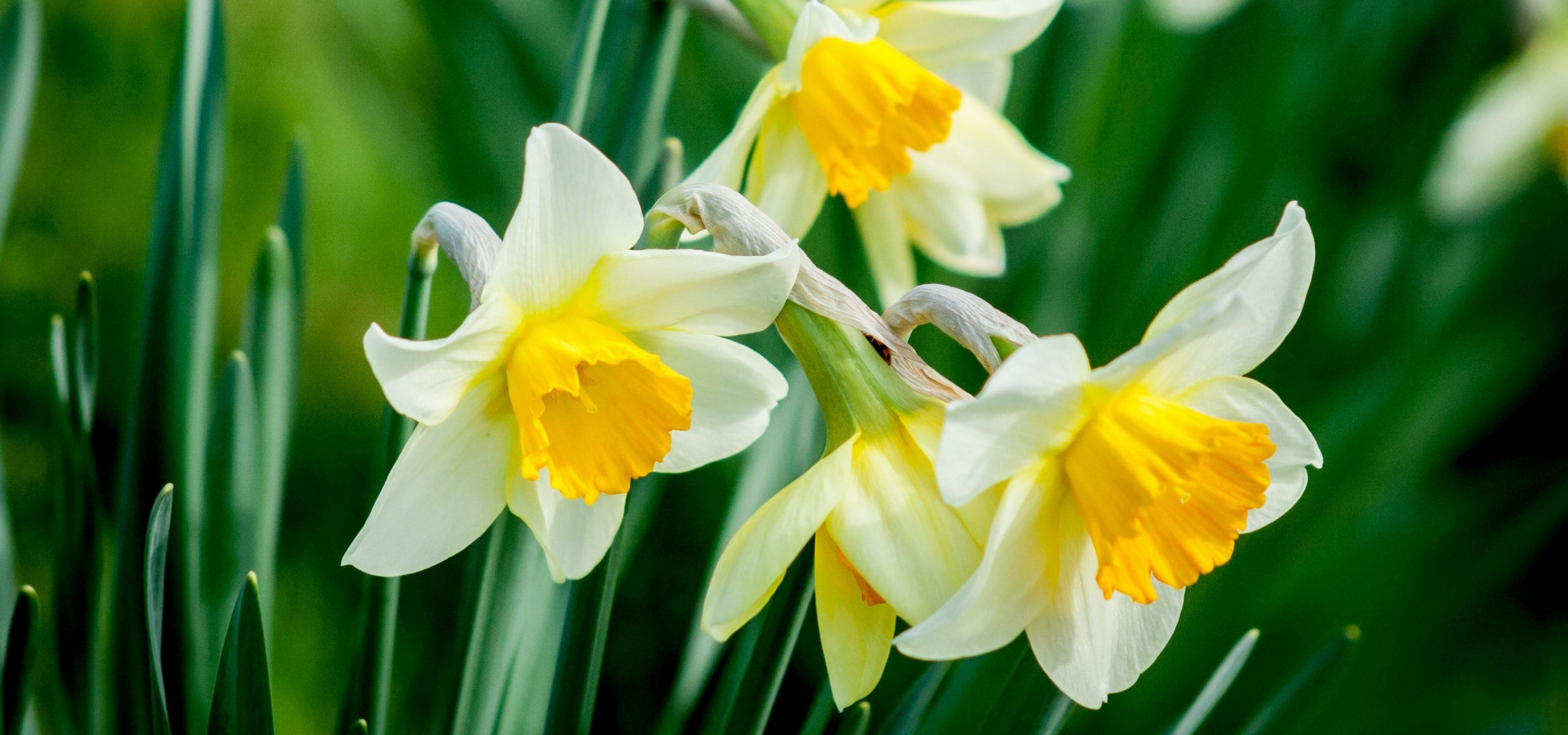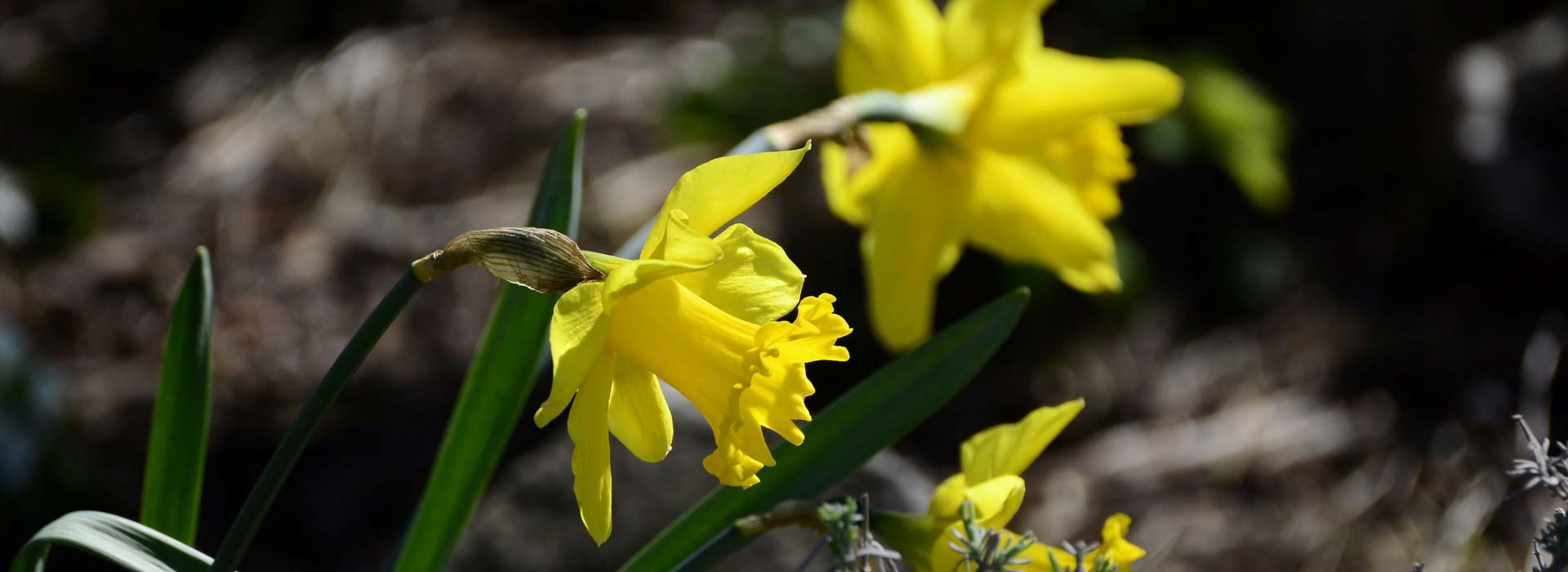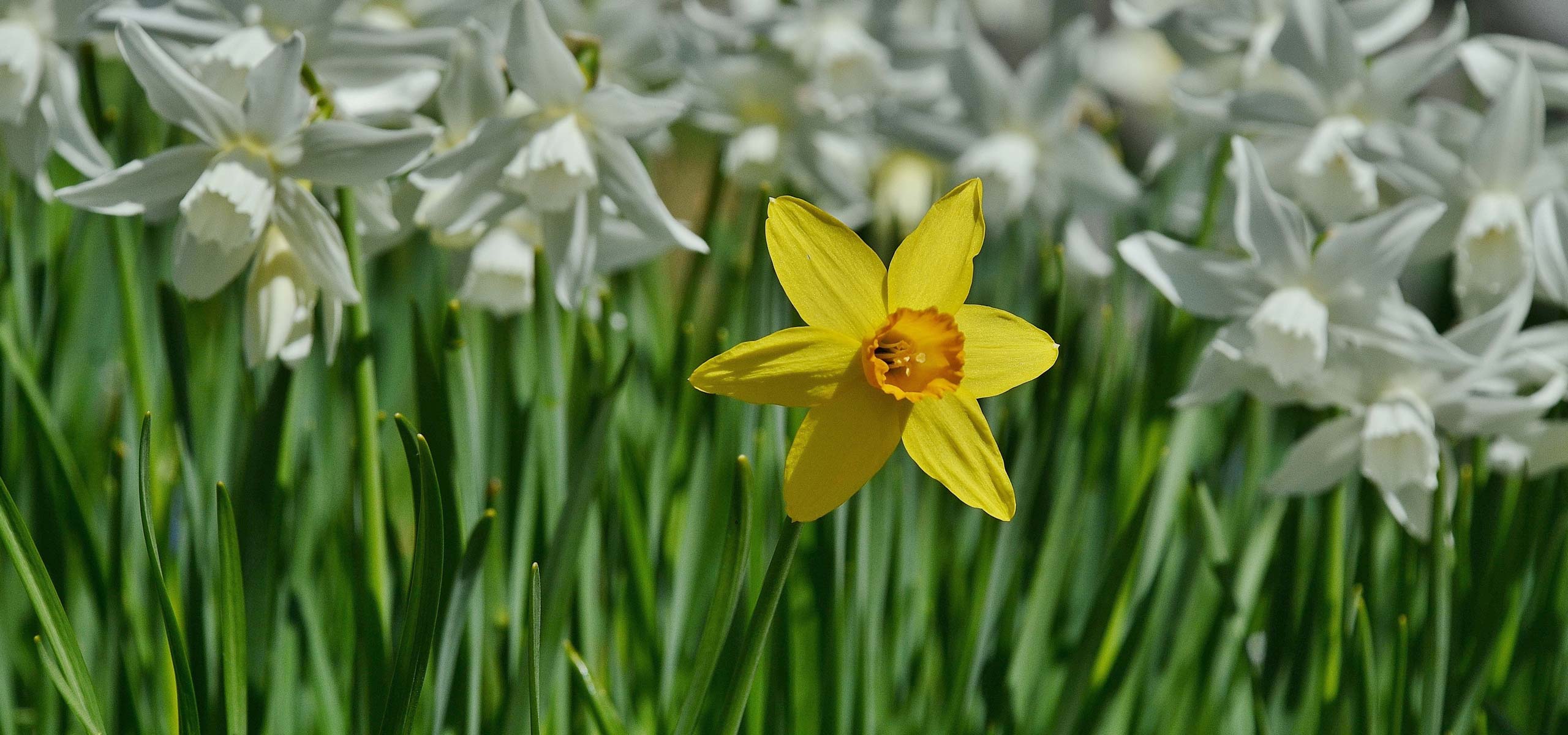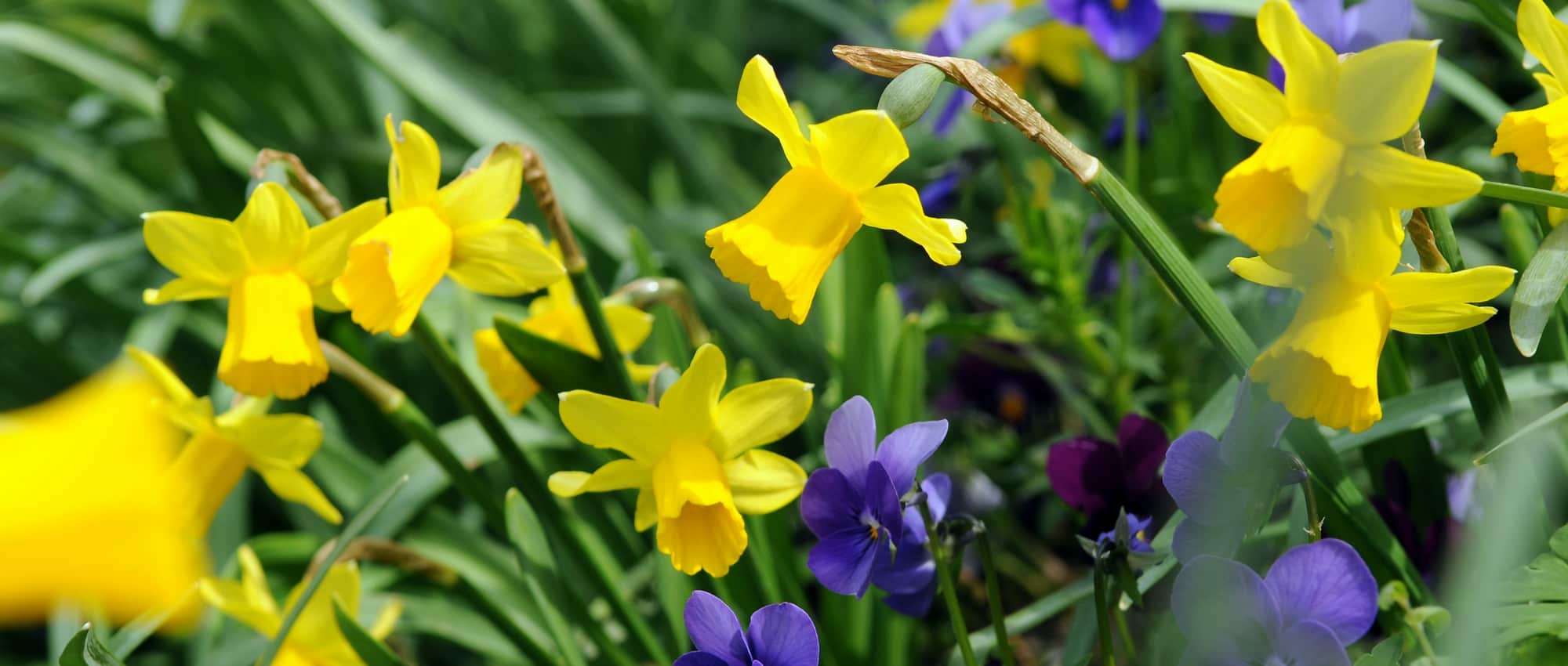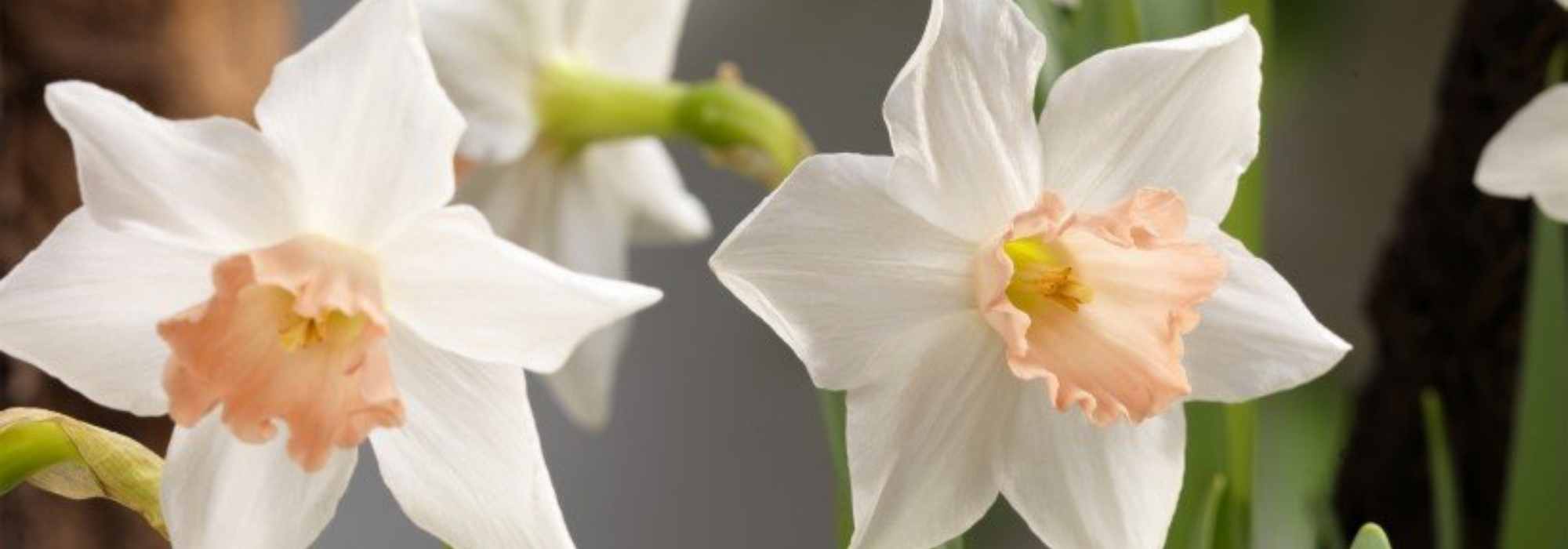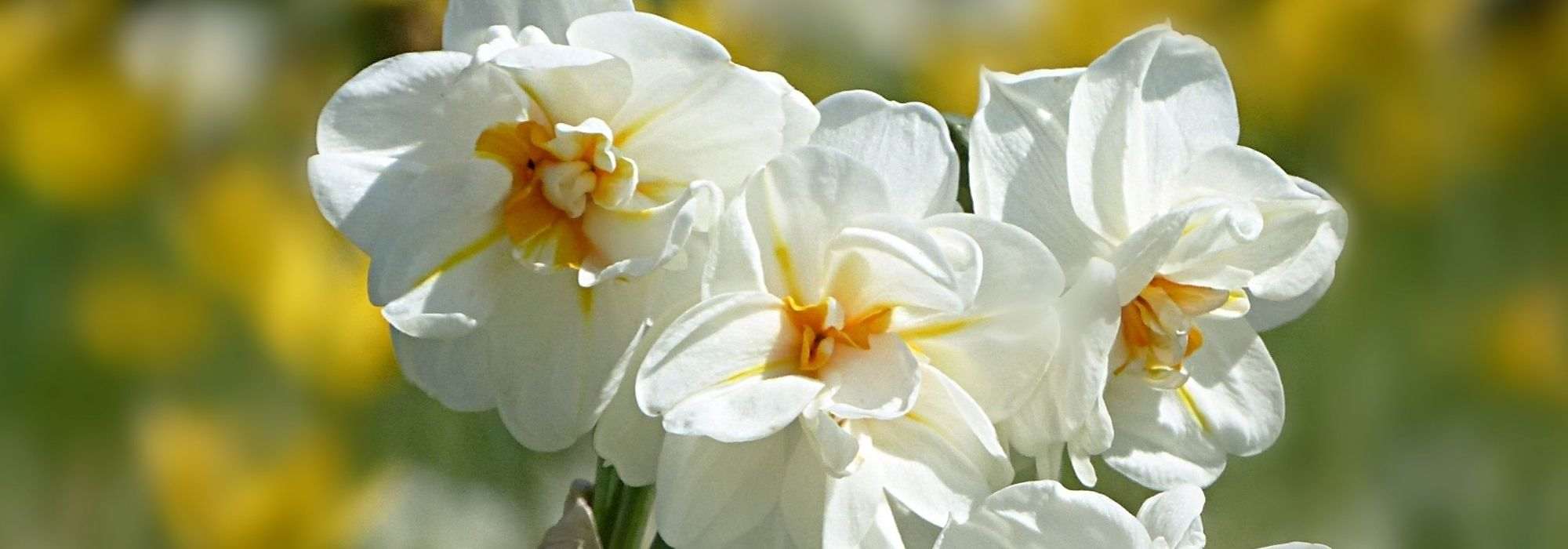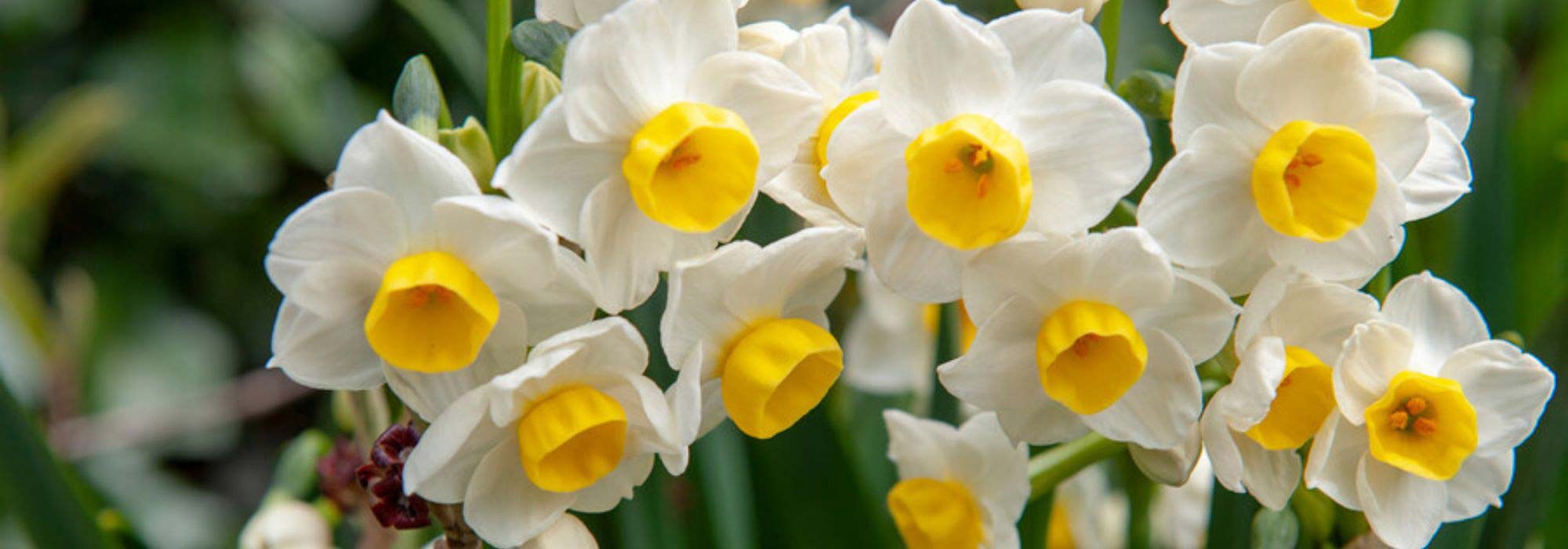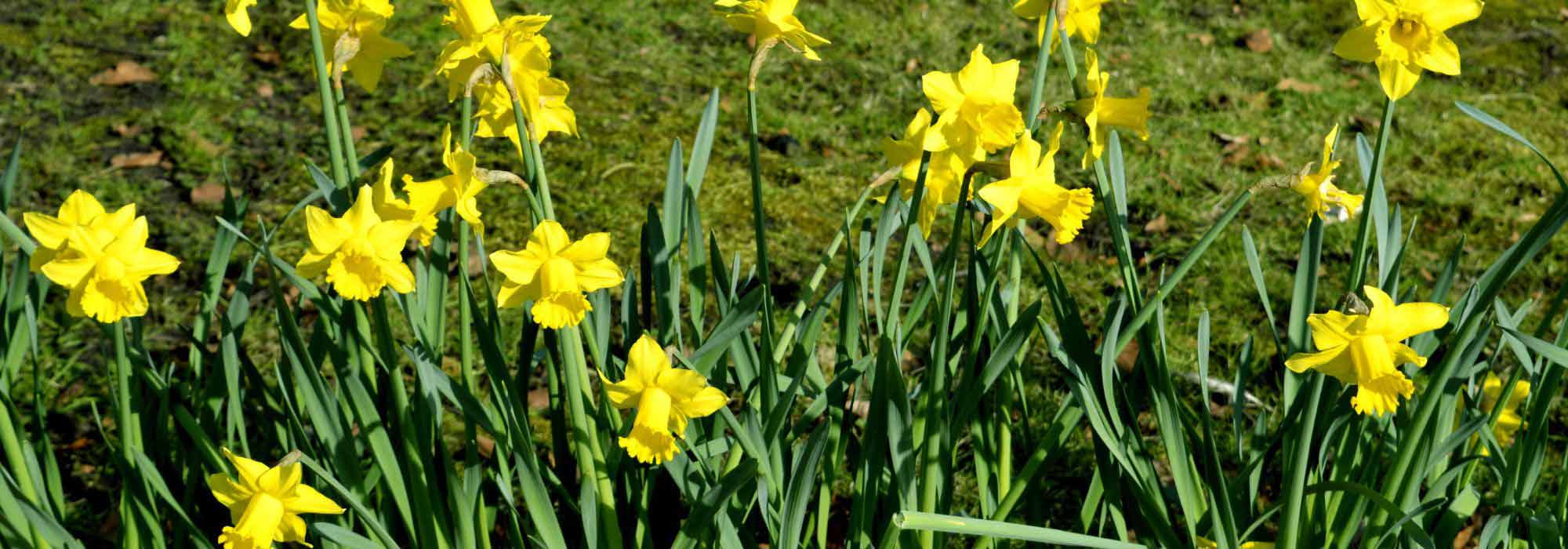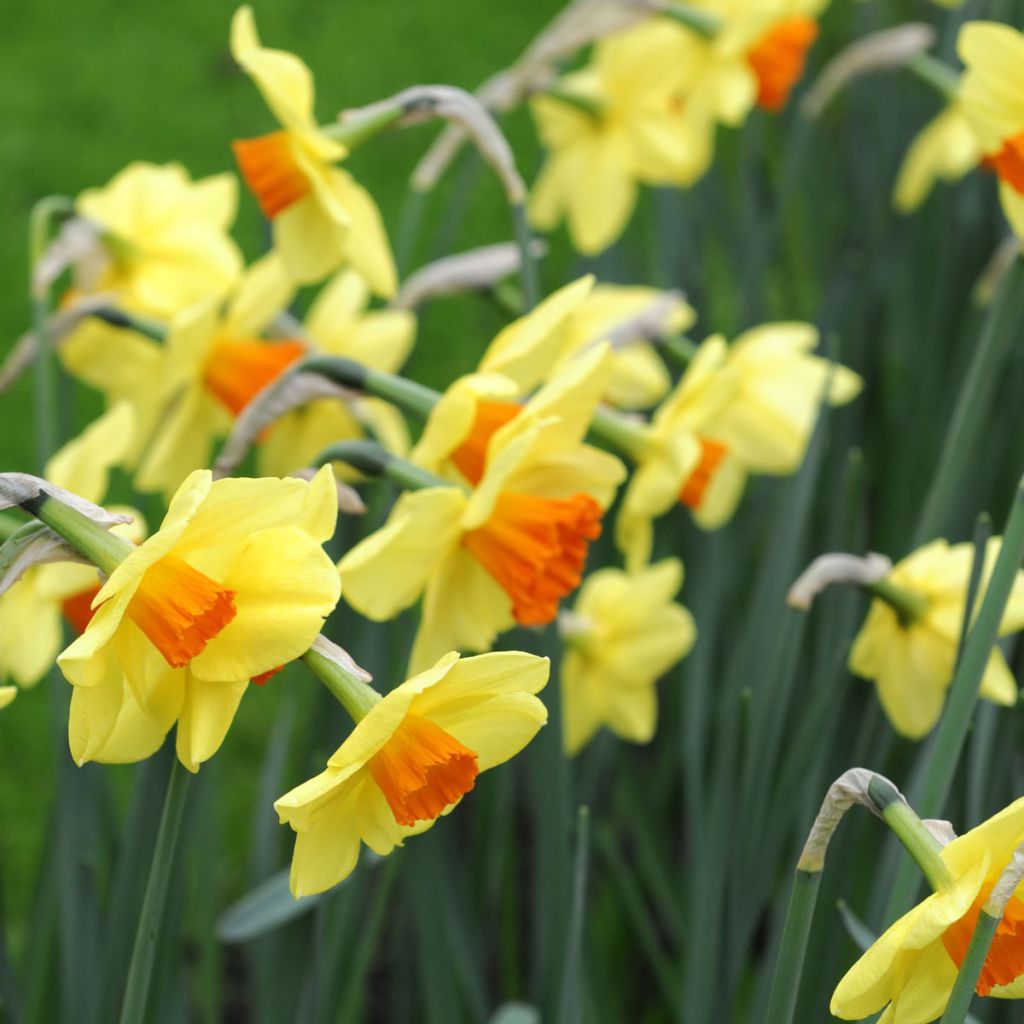

Narcisse Red Devon
Narcissus Red Devon
Narcissus Red Devon
Daffodil 'Red Devon'
The bulbs are very large and fleshy, I will provide an update in spring when the daffodils emerge." Analysis and Revision: "The bulbs are very large and fleshy, I will provide an update in spring when the daffodils emerge." The translation accurately captures the meaning and context of the original text. There are no spelling or grammar errors, and the sentence structure is correct. The tone and register of the text are maintained in the translation.
Nadine, 05/11/2021
Special offer!
Receive a €20 voucher for any order over €90 (excluding delivery costs, credit notes, and plastic-free options)!
1- Add your favorite plants to your cart.
2- Once you have reached €90, confirm your order (you can even choose the delivery date!).
3- As soon as your order is shipped, you will receive an email containing your voucher code, valid for 3 months (90 days).
Your voucher is unique and can only be used once, for any order with a minimum value of €20, excluding delivery costs.
Can be combined with other current offers, non-divisible and non-refundable.
Why not try an alternative variety in stock?
View all →This plant carries a 6 months recovery warranty
More information
We guarantee the quality of our plants for a full growing cycle, and will replace at our expense any plant that fails to recover under normal climatic and planting conditions.


Would this plant suit my garden?
Set up your Plantfit profile →
Description
Narcissus 'Red Devon' is a beautiful narcissus introduced in 1943. It has received multiple awards in England for its ornamental qualities, its robustness, and its excellent performance in the garden. Its large bright yellow flower with an orange-red trumpet radiates under the spring sun. Plant it in small groups among white or blue flowers to brighten up your garden from the first beautiful days of spring. This spectacle will renew year after year. Use the vibrant flowers to create beautiful bouquets that will last a long time in a vase.
Narcissus 'Red Devon' was introduced in Devonshire, England during World War II. It has resisted all trends. It belongs to the Amaryllidaceae family. More specifically it belongs to division 2 of the large narcissus family, which consists of 13 separate groups. The Narcissus genus includes about 50 species mainly found in the western Mediterranean, but also in Africa and Asia. Like most large-crowned narcissus, Narcissus 'Red Devon' is the result of cross-breeding between N. poeticus and N. x pseudonarcissus, or even N. incomparabilis. The bulb produces a sturdy and solid stem measuring 40 to 50cm (16 to 20in) in height when in bloom. It is a mid-season flowering plant, in April, with a large yellow-green floral bud that gives rise to magnificent 10cm (4in) wide flowers. The flowers have six bright yellow petal-like tepals that are very wide. The six stamens are inserted into a cup-shaped crown or paracorolla, which is orange with a red margin. The linear foliage is deciduous, disappearing in summer.
Narcissus are so popular because their flowering announces the arrival of spring. They are perennial and very hardy plants. You can rely on their presence from one year to the next without any problem. Plant them wherever you like, in lawns, rockeries, flower beds, or even pots. Grow them in large clumps (at least 20 bulbs) for a dazzling effect. Plant 'Red Devon' with squills, hyacinths, simple tulips, forget-me-nots, daisies, chamomiles, or grape hyacinths. A group of 'Red Devon' in a vase creates a sensational effect. This narcissus is also perfect in pots.
The name daffodil comes from a Greek legend in which a beautiful young man rejected the love of the nymph Echo. The gods made him only love his own image as punishment. When he leaned over a fountain to drink, Narcissus saw his reflection and remained fixed, contemplating his own image for so long that he eventually drowned in the pool. He then transformed into a flower.
Plant habit
Flowering
Foliage
Botanical data
Narcissus
Red Devon
Amarylidaceae
Daffodil 'Red Devon'
Cultivar or hybrid
Planting and care
Place the bulbs in full sun or partial shade. They are very easy to grow and can thrive in the shade of a woodland as well as in a sunny flower bed. They prefer moist but well-drained soil. Plant the bulbs in autumn, 15cm (6in) deep and spaced 10cm (4in) apart. Group them in clusters of at least 5 bulbs, in uniform colours or mixed.
You can plant them in lawns. In this case, lift the turf, and dig and loosen the soil to a depth of at least 20cm (8in) (the length of a spade). Plant your bulbs, cover with soil, and replace the turf. Choose a spot where you won't mow, as the daffodil leaves must wither before cutting them. The bulb uses the leaves to rebuild itself and prepare the flowers for the following year. However, cut the flowers as soon as they fade to avoid seed formation, which would unnecessarily exhaust the bulb.
Cut the leaves when they turn yellow and apply fertiliser at that time, not before. Maintain regular watering during the growing season and then let the soil dry out once the foliage has matured.
Planting period
Intended location
Care
Planting & care advice
-
, onOrder confirmed
Reply from on Promesse de fleurs
Haven't found what you were looking for?
Hardiness is the lowest winter temperature a plant can endure without suffering serious damage or even dying. However, hardiness is affected by location (a sheltered area, such as a patio), protection (winter cover) and soil type (hardiness is improved by well-drained soil).

Photo Sharing Terms & Conditions
In order to encourage gardeners to interact and share their experiences, Promesse de fleurs offers various media enabling content to be uploaded onto its Site - in particular via the ‘Photo sharing’ module.
The User agrees to refrain from:
- Posting any content that is illegal, prejudicial, insulting, racist, inciteful to hatred, revisionist, contrary to public decency, that infringes on privacy or on the privacy rights of third parties, in particular the publicity rights of persons and goods, intellectual property rights, or the right to privacy.
- Submitting content on behalf of a third party;
- Impersonate the identity of a third party and/or publish any personal information about a third party;
In general, the User undertakes to refrain from any unethical behaviour.
All Content (in particular text, comments, files, images, photos, videos, creative works, etc.), which may be subject to property or intellectual property rights, image or other private rights, shall remain the property of the User, subject to the limited rights granted by the terms of the licence granted by Promesse de fleurs as stated below. Users are at liberty to publish or not to publish such Content on the Site, notably via the ‘Photo Sharing’ facility, and accept that this Content shall be made public and freely accessible, notably on the Internet.
Users further acknowledge, undertake to have ,and guarantee that they hold all necessary rights and permissions to publish such material on the Site, in particular with regard to the legislation in force pertaining to any privacy, property, intellectual property, image, or contractual rights, or rights of any other nature. By publishing such Content on the Site, Users acknowledge accepting full liability as publishers of the Content within the meaning of the law, and grant Promesse de fleurs, free of charge, an inclusive, worldwide licence for the said Content for the entire duration of its publication, including all reproduction, representation, up/downloading, displaying, performing, transmission, and storage rights.
Users also grant permission for their name to be linked to the Content and accept that this link may not always be made available.
By engaging in posting material, Users consent to their Content becoming automatically accessible on the Internet, in particular on other sites and/or blogs and/or web pages of the Promesse de fleurs site, including in particular social pages and the Promesse de fleurs catalogue.
Users may secure the removal of entrusted content free of charge by issuing a simple request via our contact form.
The flowering period indicated on our website applies to countries and regions located in USDA zone 8 (France, the United Kingdom, Ireland, the Netherlands, etc.)
It will vary according to where you live:
- In zones 9 to 10 (Italy, Spain, Greece, etc.), flowering will occur about 2 to 4 weeks earlier.
- In zones 6 to 7 (Germany, Poland, Slovenia, and lower mountainous regions), flowering will be delayed by 2 to 3 weeks.
- In zone 5 (Central Europe, Scandinavia), blooming will be delayed by 3 to 5 weeks.
In temperate climates, pruning of spring-flowering shrubs (forsythia, spireas, etc.) should be done just after flowering.
Pruning of summer-flowering shrubs (Indian Lilac, Perovskia, etc.) can be done in winter or spring.
In cold regions as well as with frost-sensitive plants, avoid pruning too early when severe frosts may still occur.
The planting period indicated on our website applies to countries and regions located in USDA zone 8 (France, United Kingdom, Ireland, Netherlands).
It will vary according to where you live:
- In Mediterranean zones (Marseille, Madrid, Milan, etc.), autumn and winter are the best planting periods.
- In continental zones (Strasbourg, Munich, Vienna, etc.), delay planting by 2 to 3 weeks in spring and bring it forward by 2 to 4 weeks in autumn.
- In mountainous regions (the Alps, Pyrenees, Carpathians, etc.), it is best to plant in late spring (May-June) or late summer (August-September).
The harvesting period indicated on our website applies to countries and regions in USDA zone 8 (France, England, Ireland, the Netherlands).
In colder areas (Scandinavia, Poland, Austria...) fruit and vegetable harvests are likely to be delayed by 3-4 weeks.
In warmer areas (Italy, Spain, Greece, etc.), harvesting will probably take place earlier, depending on weather conditions.
The sowing periods indicated on our website apply to countries and regions within USDA Zone 8 (France, UK, Ireland, Netherlands).
In colder areas (Scandinavia, Poland, Austria...), delay any outdoor sowing by 3-4 weeks, or sow under glass.
In warmer climes (Italy, Spain, Greece, etc.), bring outdoor sowing forward by a few weeks.






























